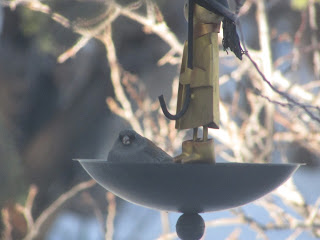Brave New -- and Old -- Ways of Learning
I have two more questions to answer on the XQ Super School Challenge application. Today's blog will address one of them, which asks, "What are your top three insights into how young people learn...?" The answer I came up with is actually what started it all for me. It was using clickers in the classroom that first caught my attention (and Khan Academy). Then I saw the most popular TED Talk with Sir Ken Robinson and my vision for L&LNM grew...then I read about the Slow Movement. Following is the answer I came up with:
Today, it is possible to learn anywhere, and that is exactly what our kids are doing. As Sir Ken Robinson points out, going to a school building daily to study several discrete subjects is not realistic. The world can be our classroom. For our kids, it already is. With all the tools we have available to us now, our kids learn with every breath they breathe.
In connection with this concept, L&LNM believes that there is a dire need to reduce our environmental footprint. We will need transportation but not daily or on a large scale so we will not have a fleet of school buses. We also plan to use available space in each community we serve for classrooms. We have learned that when the community (businesses, nonprofits, schools) contributes resources to community learners, there is buy-in and a desire to see them succeed.
The Slow Movement (slow food, slow learning) lends itself well to the way our youth learn. If they work on projects that pertain to their communities and take the time to learn deeply, they care more and they learn better. Project-based learning requires looking deeply into community/global issues and proposing solutions.
The Flipped Classroom also works well with our youth. There is potential to gather real-time data and put it into the hands of the teachers. With clickers, we can see immediately which students grasp the concept being learned and which struggle. Instead of going home to work alone on math problems, students might watch a video or take an online pretest at home before they learn a concept in class. Class time is where collaboration takes place and where peers can help each other learn what they need to know. Also, the teacher is there to support the learning, not stand in front of the class and deliver a lecture.
That's all I have for today. It's a beautiful day to get out and learn something, as returning UNM and CNM students will attest. Have a great semester, students, and learn something meaningful. Go New Mexico!




Comments
Post a Comment